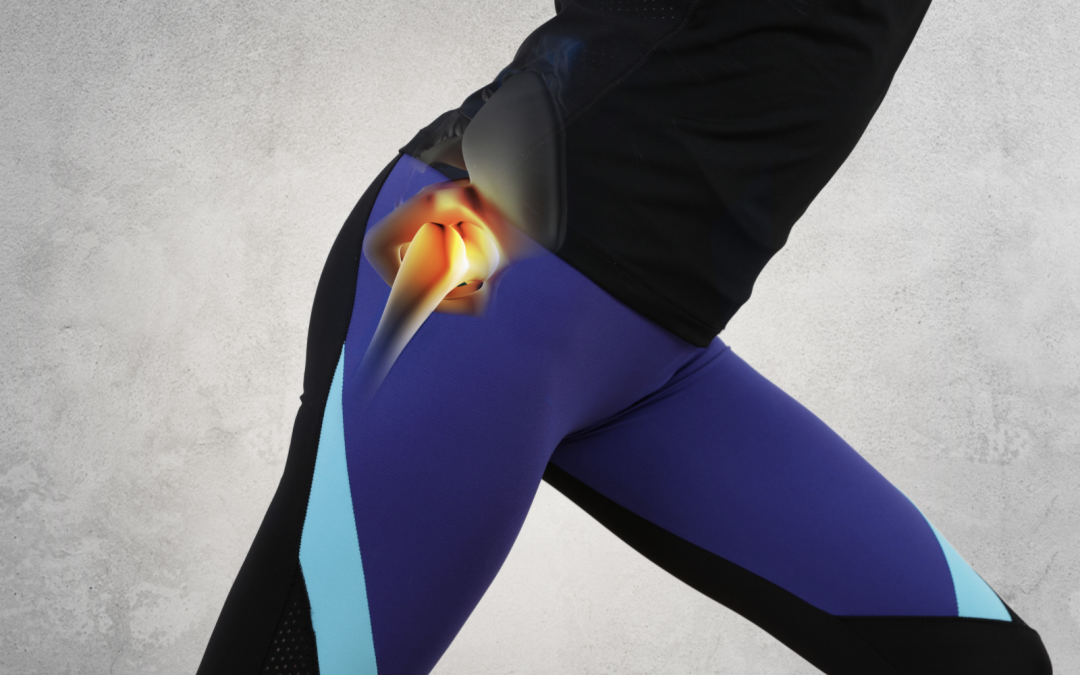Due to the stress put on their bodies that is necessary for competitions, athletes are no strangers to dealing with injuries. Some of the most frequent problems they face take place in the hip. These joints bear most of your body weight and allow for the torque and movements needed for athletes to succeed. Injuries to this area can be devastating for athletic output, which is why treatment should be sought as soon as they take place. Our team at Free Body Physical Therapy would like to break down the most common hip injuries and what can be done for treatment.
Muscle Strains Or Tears
In almost every sport, some form of running, twisting, or turning is required to succeed. This can put copious amounts of stress on the muscles in and surrounding your hip. If you aren’t correctly conditioned or push your muscles past their normal range of motion, strains and tears can occur. Hip abductor muscle strains or tears are common among:
- Sprinters.
- Soccer players.
- Football players.
- Weightlifters.
Hip Labral Tear
Your labrum is a ring of cartilage that both acts as cushioning for the hip joint and works as a seal to keep your thigh bone securely in your hip socket. When exposed to trauma or overuse, this cartilage can tear, which is an incident known as a hip labral tear. Although some athletes will experience little to no symptoms when this occurs, others are not so lucky. If you begin to experience any of the below, it’s time to seek medical treatment with our team right away:
- Pain in the hip or groin.
- Locking, clicking, or catching sensations in the hip joint during movement.
- Stiffness or limited range of motion.
Hip Pointers
Another issue that can plague an athlete’s hip is called a hip pointer. Hip pointers occur when one of the hip bones or the surrounding muscles in the joint becomes deeply bruised. Direct trauma caused by collisions or falls is the main culprit for this injury. Symptoms of a hip pointer include:
- Bruising and swelling in the affected area.
- Pain and tenderness when pressing against your hip or moving your leg.
- Limited range of motion.
- Loss of strength in the hip and leg.
Additional Hip Injuries
As previously stated, there are no shortages of hip problems athletes can face. While some are more severe than others, you shouldn’t wait to seek treatment for even minor injuries. Waiting to receive care can lead to the damage worsening over time, or other related complications. In addition to the injuries that were already listed, below are additional injuries that are common in athletes that we can treat:
- Hip bursitis.
- Hip osteoarthritis.
- Osteitis pubis.
- Iliopsoas syndrome.
- Hip stress fracture.
- IT band syndrome.
When To Visit A Physical Therapist
When committed athletes experience pain, many times, they will try and play through this injury. While this can be done in some scenarios, in others, it can be a terrible decision. Not only will playing with pain decrease your athletic output, but it can also lead to a more severe injury, causing a more lengthy recovery process. To prevent this from happening, we recommend scheduling an appointment for care immediately after any of the below take place:
- Extreme bruising or swelling develops.
- A popping sound or sensation occurs at the time of the injury.
- Rest has not subdued any of your symptoms.
- Pain is experienced with every step or movement.
Contact Our Team
At Free Body Physical Therapy, we’re focused on helping athletes return from their injuries stronger than ever. When you’re faced with a hip injury, you shouldn’t hesitate to seek professional care. Sessions of physical therapy with our team give you the best chance of making a full and speedy recovery. To schedule your first appointment, be sure to contact us today.

